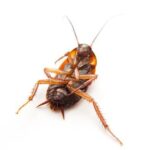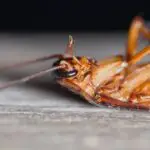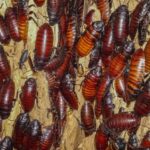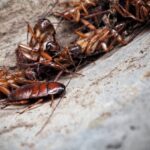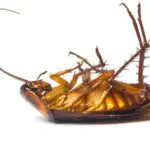Cockroach Milk – Why Does Cockroach Produce Milk?
A new study reveals that a common cockroach species, the Pacific beetle cockroach, produces milk that contains three to four times more protein than cow’s milk. This liquid is vital to the infant cockroach and provides the protein it needs for growth and development. It also contains more energy than dairy milk and buffalo milk combined. Researchers hope to reproduce the process in the laboratory.
It has been known for thousands of years that some non-Western cultures have consumed insects as a source of protein. Although it is not a new fad, the concept of cockroach milk has recently caught the attention of many scientists. In fact, the crystals in cockroach milk contain three times the amount of calories and nutrients found in dairy milk. They can be consumed with less water than milk.
To determine the calorific value of cockroach milk, scientists first need to understand the biological and chemical processes that cause cockroaches to produce milk. In doing so, they are hoping to develop a method to control the production of cockroach milk on a larger scale. This could provide the world with the ultimate liquid superfood.
The milk of cockroaches contains essential amino acids, protein and lipids. It also contains sugars and a high energy content. This makes it a good source of milk for infants. The milk is produced in crystalline form in the cockroach’s gut. It is believed to have medicinal properties and may be suitable for human consumption.




